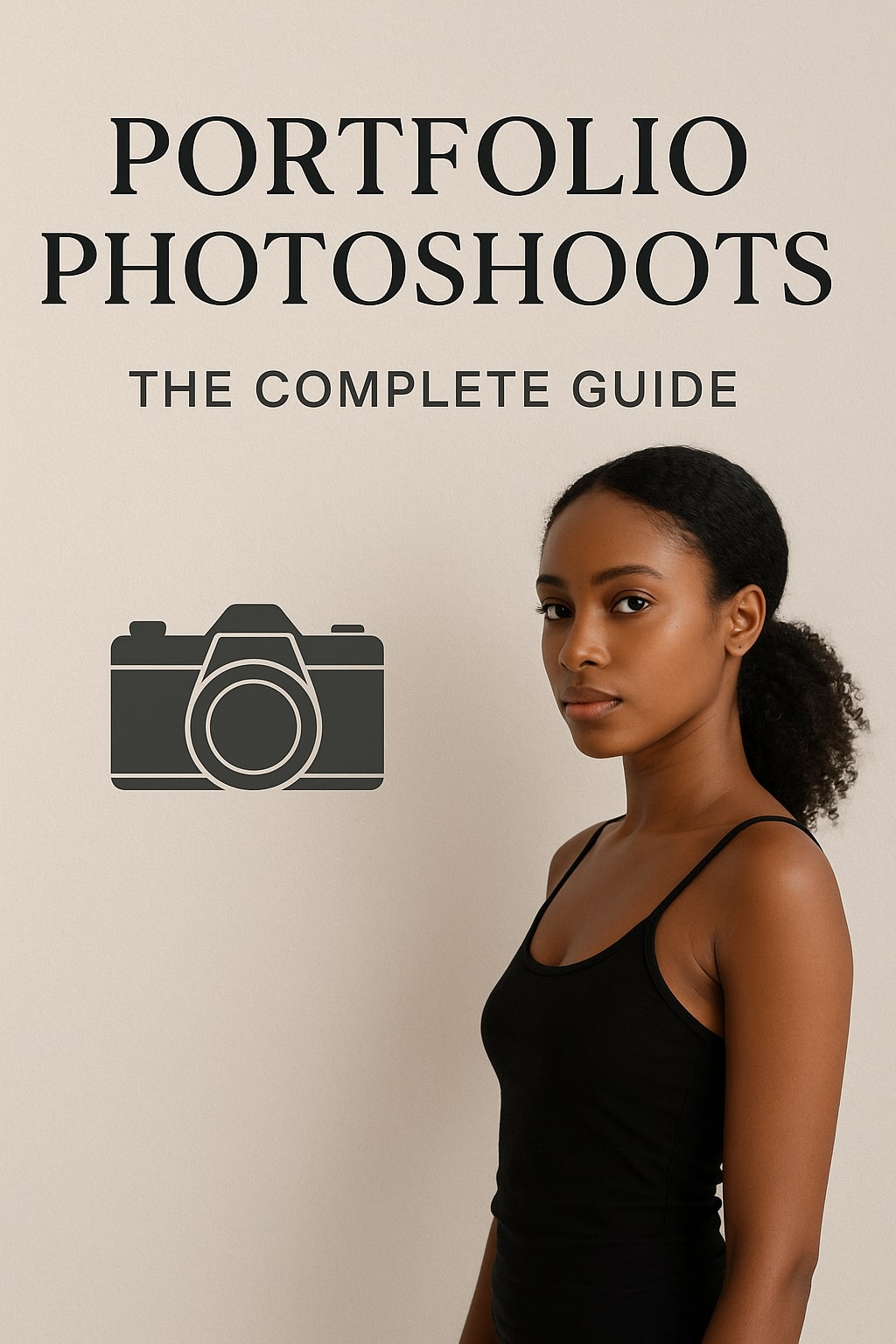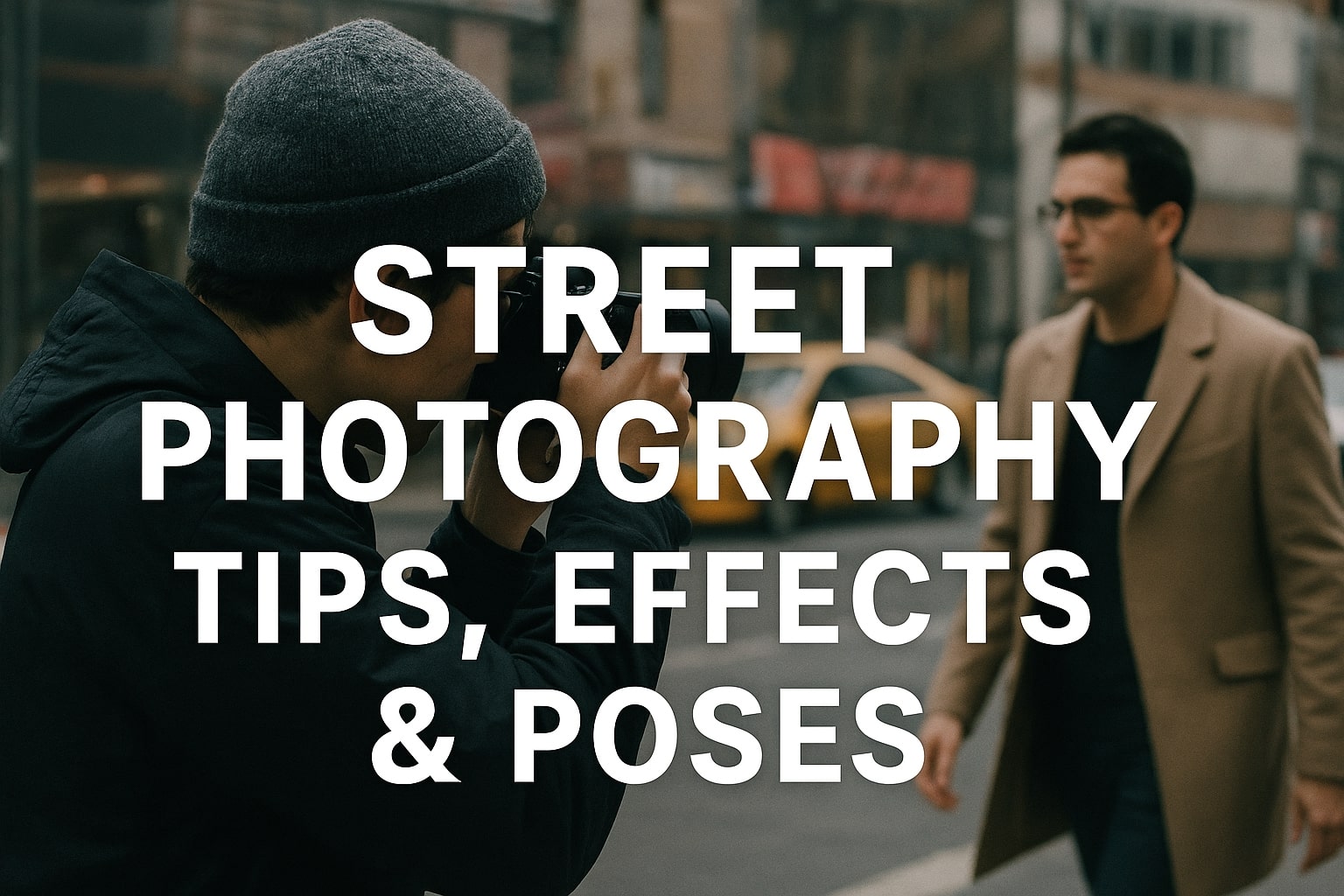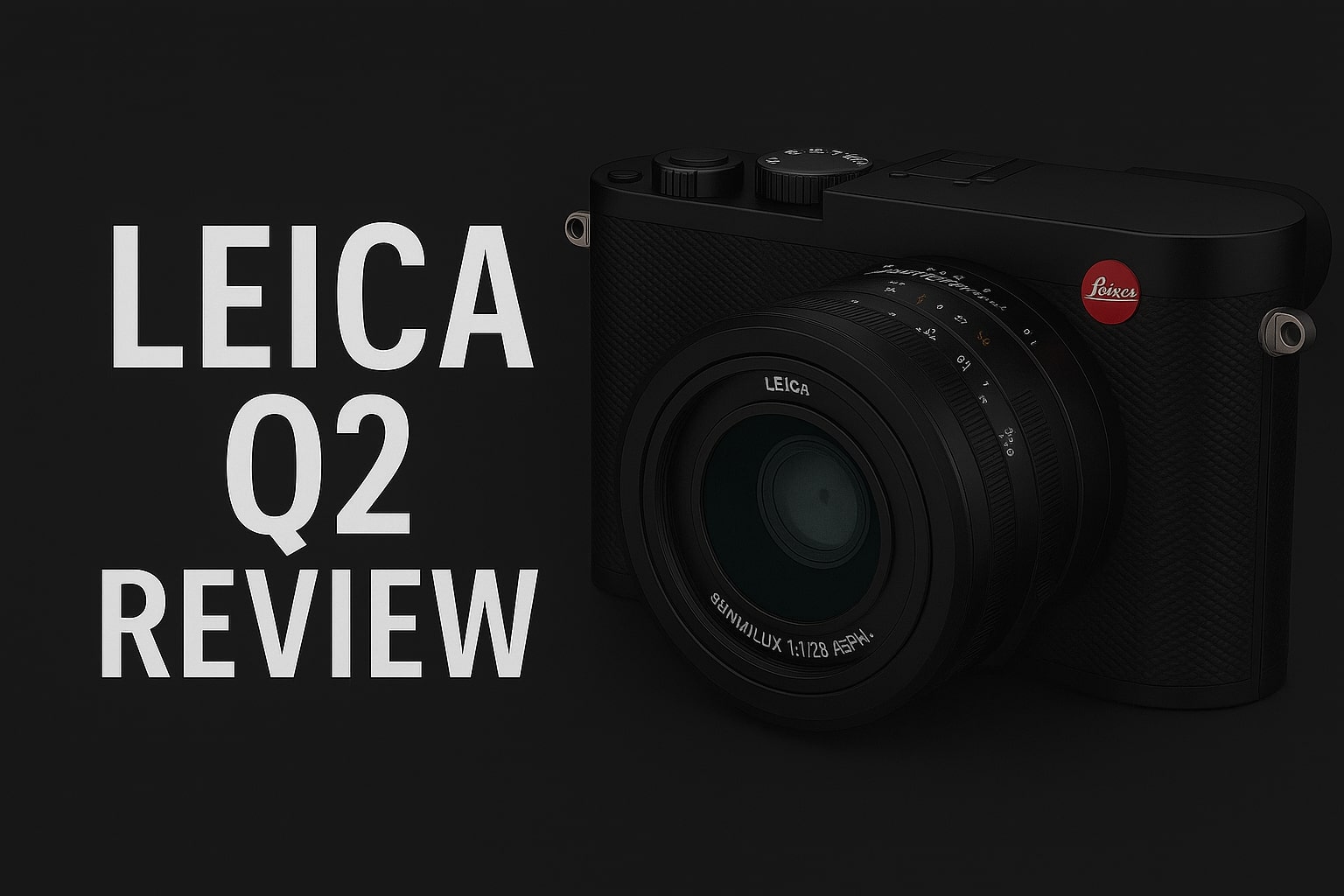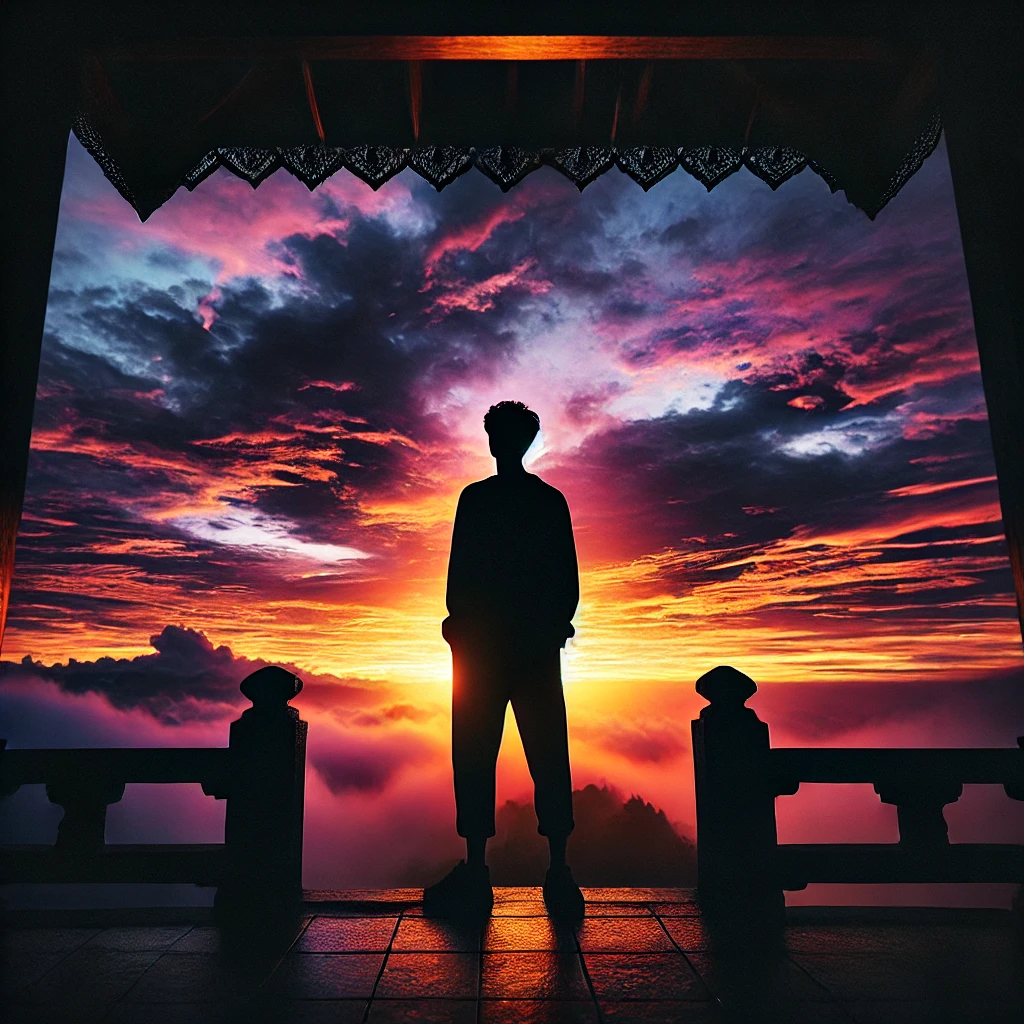Silhouette photography is one of the most powerful visual storytelling techniques in photography. By capturing strong contrasts between the subject and background, silhouette shots create mystery, drama, and emotion.
In this guide, we’ll walk through everything you need to know about Silhouette Photography, from choosing the right lighting conditions to perfecting camera settings and composition techniques. Whether you’re shooting portraits, landscapes, or creative silhouettes, these tips will help you master the art of capturing stunning silhouettes.
1. Understanding the Basics of Silhouette Photography
A silhouette occurs when a subject is placed in front of a bright light source and appears completely dark against the illuminated background.
Key Elements of a Silhouette Shot:
- A Strong Light Source – Backlighting is essential for a well-defined silhouette.
- A Distinct Subject Shape – Silhouettes rely on clear outlines, so choose subjects with recognizable forms.
- A High Contrast Between Subject and Background – The greater the contrast, the stronger the silhouette.
Pro Tip: Avoid cluttered backgrounds that might reduce the impact of your subject’s outline.
2. Best Lighting Conditions for Silhouettes
Lighting is the most crucial factor in silhouette photography.
Ideal Times and Light Sources:
- Golden Hour (Sunset & Sunrise) – The warm glow of the rising or setting sun creates a perfect contrast.
- Bright Artificial Light – Street lamps, neon signs, or even indoor windows can serve as backlight sources.
- Cloudy Skies for Moodiness – Soft, diffused light during overcast conditions creates dreamy silhouettes.
Pro Tip: Position yourself so that the brightest part of the background is directly behind your subject.
3. Camera Settings for Silhouette Photography
Using the right camera settings ensures crisp and well-defined silhouettes.
Best Camera Settings:
- Shoot in Manual Mode – Gives full control over exposure settings.
- Low ISO (100-200) – Reduces noise and keeps the background clean.
- Fast Shutter Speed (1/200s or faster) – Helps capture sharp edges and prevents blur.
- Small Aperture (f/8 – f/16) – Ensures a deep depth of field, keeping both the subject and background sharp.
- Meter for the Brightest Area – Focus exposure on the background rather than the subject.
Pro Tip: If using a smartphone, tap on the brightest part of the screen and adjust exposure downward to darken the subject.
4. Choosing the Right Subjects for Silhouettes
Silhouette photography works best when the subject has a well-defined shape.
Great Subject Choices:
- People in Dynamic Poses – Jumping, dancing, or holding an object adds interest.
- Animals with Unique Outlines – Birds, dogs, or horses create striking silhouettes.
- Landmarks & Architecture – Bridges, temples, and trees make iconic silhouette subjects.
- Everyday Objects with Meaning – Bicycles, umbrellas, and musical instruments add storytelling depth.
Pro Tip: Avoid overlapping subjects to keep the silhouette clean and easy to recognize.
5. Composition Techniques for Stunning Silhouettes
Composition plays a key role in making silhouette shots visually compelling.
Best Composition Strategies:
- Use the Rule of Thirds – Position the subject off-center for a balanced look.
- Frame the Subject Creatively – Use doorways, windows, or trees to enhance depth.
- Leave Negative Space – A minimalist approach makes the silhouette stand out.
- Silhouette Reflection Shots – Capture reflections in water for a double-exposure effect.
Pro Tip: A low-angle shot can make the silhouette more dramatic and emphasize the sky.
6. Post-Processing Tips for Silhouette Photography
Editing can enhance contrast and make silhouettes pop.
Key Editing Adjustments:
- Increase Contrast & Blacks – Deepens the silhouette while keeping the background vibrant.
- Enhance Colors in the Sky – Boost saturation to make sunset and sunrise hues more vivid.
- Sharpen Edges – Ensures that the subject’s outline remains clear.
- Crop for Better Composition – Remove distractions or adjust framing for more impact.
Pro Tip: Use Lightroom or Photoshop’s gradient tools to fine-tune the background colors without affecting the silhouette.
7. Creative Silhouette Photography Ideas
Silhouette photography doesn’t have to be limited to basic sunset shots.
Unique Silhouette Ideas:
- Action Silhouettes – Capture motion such as running, jumping, or cycling.
- Silhouette Portraits with Props – Add umbrellas, hats, or instruments for extra storytelling.
- Couples or Groups Silhouettes – Experiment with poses that emphasize connection.
- Silhouette Layering – Use multiple subjects at different distances for depth.
- Indoor Silhouettes – Shoot against large windows, doorways, or bright lamps.
Pro Tip: Try multiple angles to see how different perspectives affect the final silhouette.
8. Common Mistakes to Avoid in Silhouette Photography
Even small mistakes can weaken the impact of a silhouette.
Avoid These Pitfalls:
- Cluttered Backgrounds – Keep backgrounds clean to emphasize the subject.
- Overexposing the Subject – Make sure the silhouette remains dark enough for contrast.
- Lack of a Clear Subject Shape – Choose subjects with recognizable outlines.
- Shooting in Harsh Midday Light – Soft golden hour light works best for dramatic silhouettes.
Pro Tip: Always review the shot after clicking and adjust exposure if the silhouette isn’t fully black.
Conclusion
Silhouette photography is an artistic way to create emotion and depth in your images. By focusing on strong lighting, clear subject outlines, and thoughtful composition, you can transform ordinary scenes into striking silhouettes.
With practice and experimentation, you’ll develop a unique style that makes your silhouette shots stand out. So grab your camera, head to your favorite sunset spot, and start capturing some stunning silhouettes!

Professional Model & Portfolio Photoshoots: Show Your Best Work

Street Photography Tips, Effects & Poses – Complete Guide
-

Leica Q2 for Photography: Why It’s Loved by Photographers
-

Top Cameras Under ₹1 Lakh for Freelance Photography
Professional Model & Portfolio Photoshoots: Show Your Best Work
” Discover how to plan, style, and execute stunning portfolio photoshoots that showcase your skills, personality, and versatility. This comprehensive guide covers professional tips, posing ideas, gear suggestions, and industry insights for models and photographers.” Introduction – Why Portfolio Photoshoots Are the Cornerstone of a Photographer’s Career A well-crafted portfolio photoshoot is more than a…
Street Photography Tips, Effects & Poses – Complete Guide
Discover the ultimate guide to Street Photography with expert tips, creative effects, and dynamic poses. Learn how to capture authentic urban moments, master composition, and tell powerful visual stories through your lens. Article Outline 1. Introduction to Street Photography Street Photography is more than just taking pictures of people in public spaces — it’s about…
Leica Q2 for Photography: Why It’s Loved by Photographers
Introduction: The Cult Status of the Leica Q2 The Leica Q2 is not just a camera—it’s a statement. Combining the heritage of German precision engineering with modern digital excellence, it holds a special place in the hearts of professional and passionate photographers alike. With its full-frame sensor, prime Summilux lens, and minimalist design, the Q2…
Top Cameras Under ₹1 Lakh for Freelance Photography
Freelance photography is no longer a niche—it’s a booming creative profession that demands not only vision and hustle but also the right gear. Your camera isn’t just a tool; it’s your storytelling partner. If you’re a freelance photographer aiming to balance performance, versatility, and budget, investing in a cameras under ₹1 lakh can offer the…
Top Features of Nikon D850 That Make It Ideal for Photoshoots
Explore the top features of the Nikon D850 that make it a powerhouse for photoshoots. From exceptional resolution to dynamic range, this detailed Nikon D850 guide is built for professional and aspiring photographers. 1. Introduction When Nikon launched the D850, it quickly earned a reputation as a flagship DSLR that redefined what photographers could expect…
Panasonic S5 II Review: Powerhouse for On-the-Go Shoots
Discover why the Panasonic S5 II is the ultimate hybrid camera for photographers and videographers on the move. This detailed Panasonic S5 II Review explores its performance, features, and value for creative professionals. Table of Contents ( Panasonic S5 II Review ) 1. Introduction In a rapidly evolving mirrorless camera landscape, creators seek devices that…


